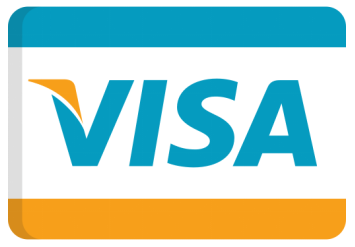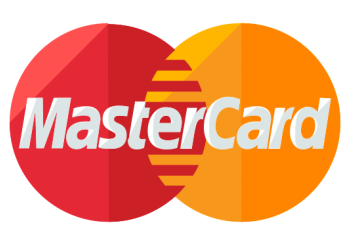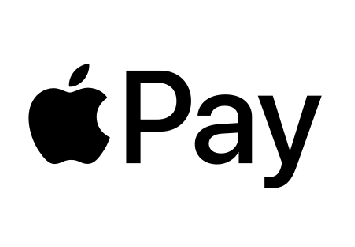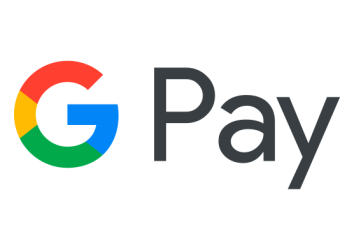Knowing how to add a resume on LinkedIn is one of the easiest ways to boost your profile.
While LinkedIn already acts like a digital CV, many recruiters still prefer seeing a formal document. When you upload a resume to LinkedIn, you give them a clear, professional snapshot of your career that goes beyond your profile summary.
You can add a resume to your LinkedIn profile for ongoing visibility or choose to upload a resume on LinkedIn only when applying to specific jobs.
In this guide, we’ll walk through both methods step by step, explain the pros and cons, and share simple tips to make sure your resume helps you stand out.
How to Add Resume to LinkedIn Profile
Learning how to add a resume to a LinkedIn profile is simple once you know where to look.
Your profile has a Featured section where you can upload documents, links, or media. This is the best place to showcase your resume so recruiters and connections can easily view it.
Here’s how to do it step by step:
1. Log in to LinkedIn – Sign in to your account.
2. Open Your Profile – Click on your profile picture or name in the top menu to access your profile page.
3. Scroll to the Featured Section – If you don’t already see it, click “Add profile section” and choose “Featured.”
4. Upload Your Resume – Click the “+” icon in the Featured section. Then select “Add media” and choose your resume file (PDF format works best).
5. Add a Title and Description – Give your resume a clear title like “John Smith – Marketing Resume”. You should also write a short description (optional) to highlight your skills or the type of roles you’re looking for.
6. Save and Review – Once uploaded, scroll through your profile to make sure your resume looks correct and is easy to access.
✅ Key Tips
- Use PDF format – it keeps your layout clean and professional.
- Keep it updated – recruiters won’t be impressed by a resume that’s a year out of date.
- Remove sensitive details like your home address or personal phone number if you don’t want them public.
- Name your file professionally (e.g., SarahLee_Resume.pdf instead of finalresume123.pdf).
Why Add Your Resume to LinkedIn?

Your LinkedIn profile already highlights your skills, experience, and achievements.
So why bother learning how to upload a resume on LinkedIn as well? The answer is simple: it gives you an extra advantage in your job search.
Here are the biggest benefits:
More visibility with recruiters
Many recruiters search directly on LinkedIn and appreciate seeing a resume attached to your profile. It shows initiative and makes it easier for them to evaluate your background.
Faster job applications
When you upload a resume to LinkedIn, applying for jobs takes just a few clicks. Instead of digging through files on your computer, you can send your resume instantly.
Adds credibility to your profile
Your LinkedIn page is broad and sometimes informal. A resume, on the other hand, is concise and polished. Together, they present you as both approachable and professional.
Tailored career branding
Think of LinkedIn as your personal brand hub.
Just like businesses use social platforms to grow, such as learning how to use Twitter for business to connect with audiences, you can strengthen your personal brand on LinkedIn.
Uploading a resume adds a clear, job-ready version of your experience that supports your profile.
Adding a resume brings value, but it is not a replacement for your profile. The two work together, and each has its own purpose.
That is why it helps to understand the difference between a resume and a LinkedIn profile before you decide how to use them.
Resume vs LinkedIn Profile: What’s the Difference?

It is easy to think your LinkedIn profile and resume do the same job, but they actually serve different purposes.
Knowing the difference helps you use both more effectively.
Resume
A resume is short, targeted, and created for a specific role. It highlights your most relevant skills and achievements for the job you want right now. Most resumes are one or two pages and are meant to be adjusted for each application.
LinkedIn profile
Your profile is broader and acts like a living document. Instead of tailoring it for one position, it shows your entire career journey, connections, recommendations, and skills in one place.
When you add a resume to your LinkedIn profile, the two work together.
Your profile gives a complete picture of your professional background, while your resume shows a focused version that is ready to hand to a recruiter.
Understanding this balance also makes it easier to follow best practices when uploading your resume, which is what we will look at next.
Best Practices for Uploading Your Resume
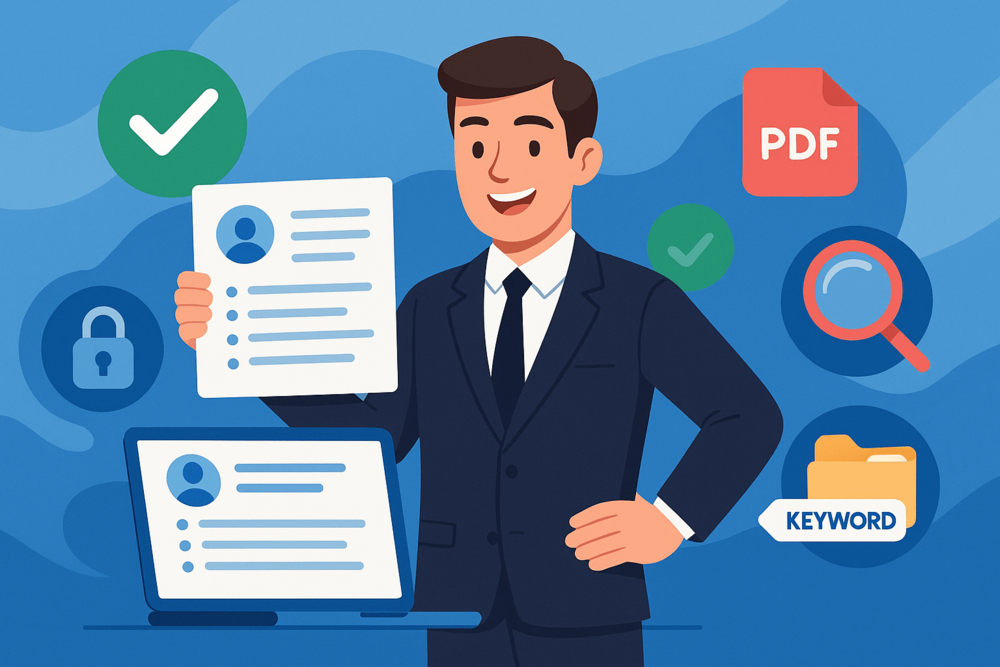
Knowing how to add a resume to LinkedIn is only half the job. To make sure it helps your career rather than hurts it, you need to follow a few best practices.
These small details can make a big difference in how recruiters see you.
✅ Keep it Updated
Always upload the most recent version of your resume. An outdated resume with old jobs or missing skills can make you look unprepared.
✅ Use the Right Format
Save your file as a PDF. This format keeps your layout neat and prevents strange spacing or font issues that can happen with Word documents.
✅ Remove Sensitive Details
Unlike traditional resumes, there is no need to include your home address or personal phone number when you upload a resume to LinkedIn. Keep it professional but protect your privacy.
✅ Make the File Name Professional
Recruiters notice even small details. Instead of “finalresume_v2.pdf,” use something clear like Anna_Smith_Resume.pdf.
✅ Optimise for Keywords
Just as creators use smart TikTok SEO tips to get more visibility on their videos, you should include role-specific keywords in your resume.
Recruiters often search by skills, job titles, or tools, so make sure the wording in your resume matches what employers are looking for.
To avoid setbacks, it is also worth knowing the most common mistakes people make when they upload resumes on LinkedIn.
Common Mistakes to Avoid when Adding Your Resume on LinkedIn
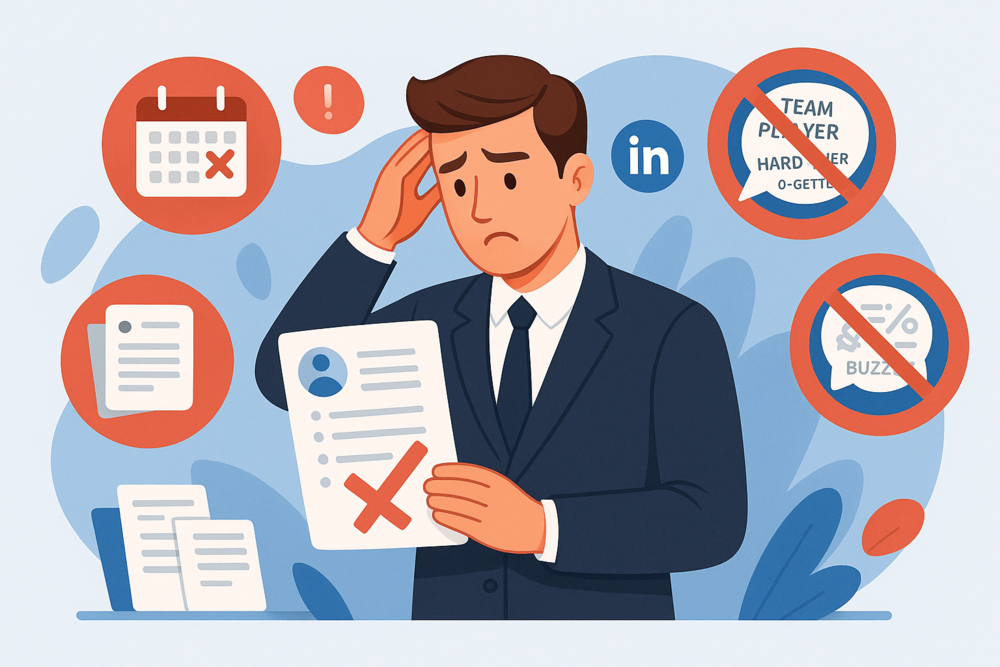
Uploading your resume to LinkedIn can be a smart move, but small errors can make it less effective.
Here are some of the most common mistakes to watch out for:
Using an outdated resume: A resume that has not been updated in years tells recruiters you are not paying attention to detail. Always refresh your skills and recent roles before uploading.
Sharing too much personal information: Avoid adding sensitive details such as your home address or personal phone number.
Just like when people learn how to delete a Twitter account to protect their privacy, it is important to be careful with what you share publicly.
Relying on one generic version: If you apply to different types of roles, adjust your resume to fit each one. A one-size-fits-all approach makes you blend in instead of standing out.
Overstuffing with buzzwords: Words like “team player” and “hard worker” are fine, but they do not replace clear examples of achievements. Focus on results.
Extra LinkedIn Growth: Using Bulkoid for Followers
Adding your resume to LinkedIn is a great step, but growing your LinkedIn network also matters.
The more followers you have, the more people see your updates, articles, and career achievements. That extra reach can make your profile stand out to recruiters and companies.
Some professionals choose to give their profile an early push with LinkedIn followers services from Bulkoid. This helps create social proof, which makes your profile look more established while you continue building genuine connections.
Used alongside an updated resume and strong profile, it can be a helpful way to get noticed faster.
Final Thoughts

Learning how to add a resume on LinkedIn is quick but can make a big impact. Whether you keep it on your profile or upload it for job applications, a polished resume helps recruiters see your skills more clearly.
Your LinkedIn profile and resume work best together. One shows your career journey, while the other gives a focused snapshot. Keep both updated, professional, and aligned with the roles you want.
If you also want to reach more people, consider giving your profile an extra push with LinkedIn followers from Bulkoid.
A stronger network means your resume and updates get seen by more recruiters, helping you stand out faster.



















